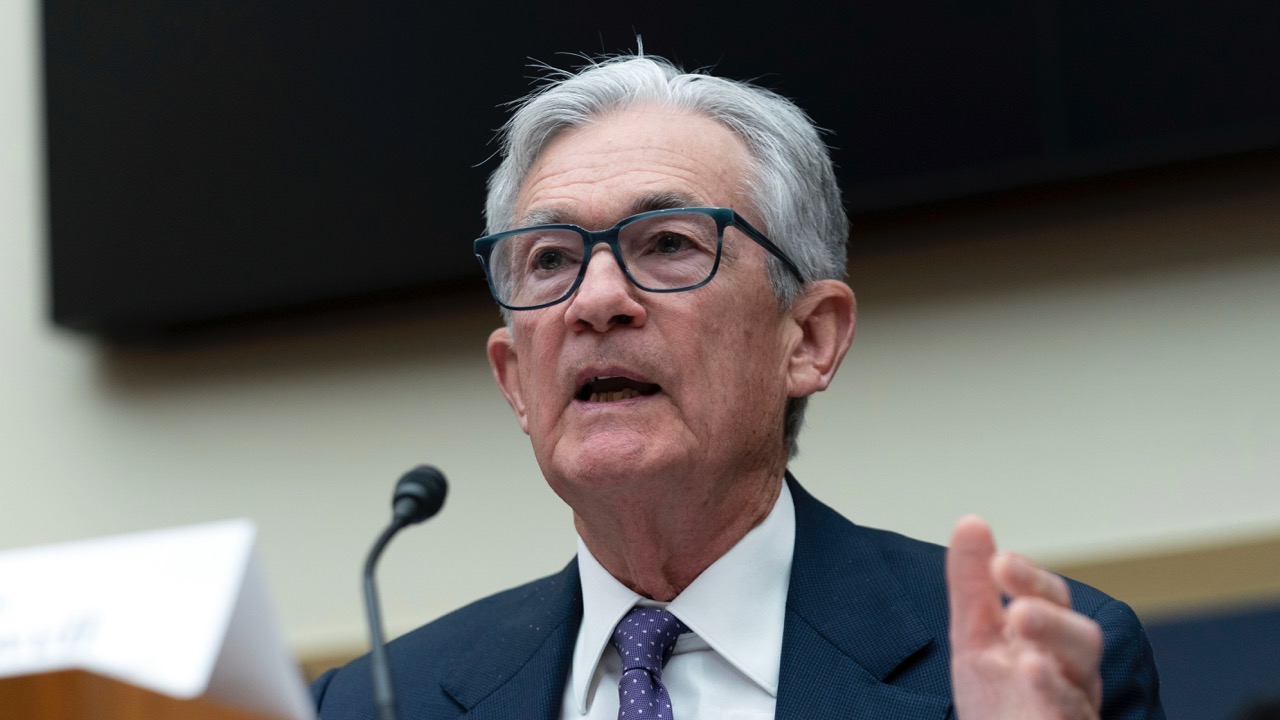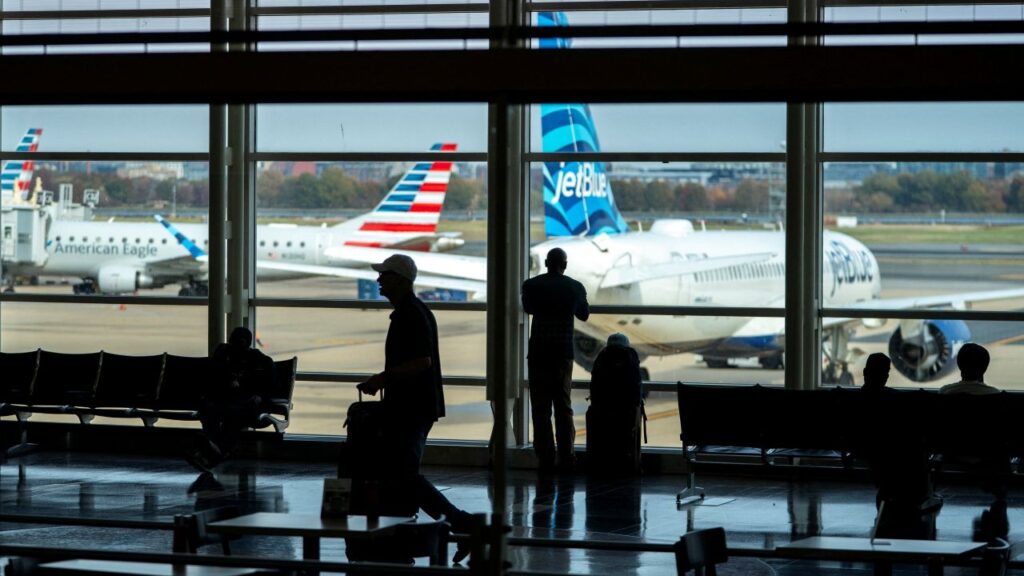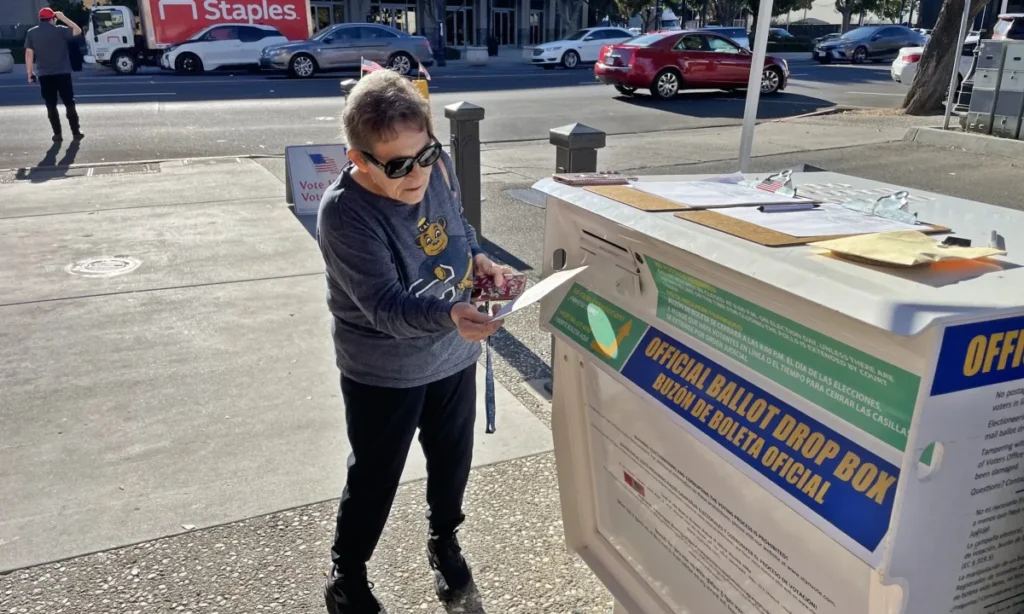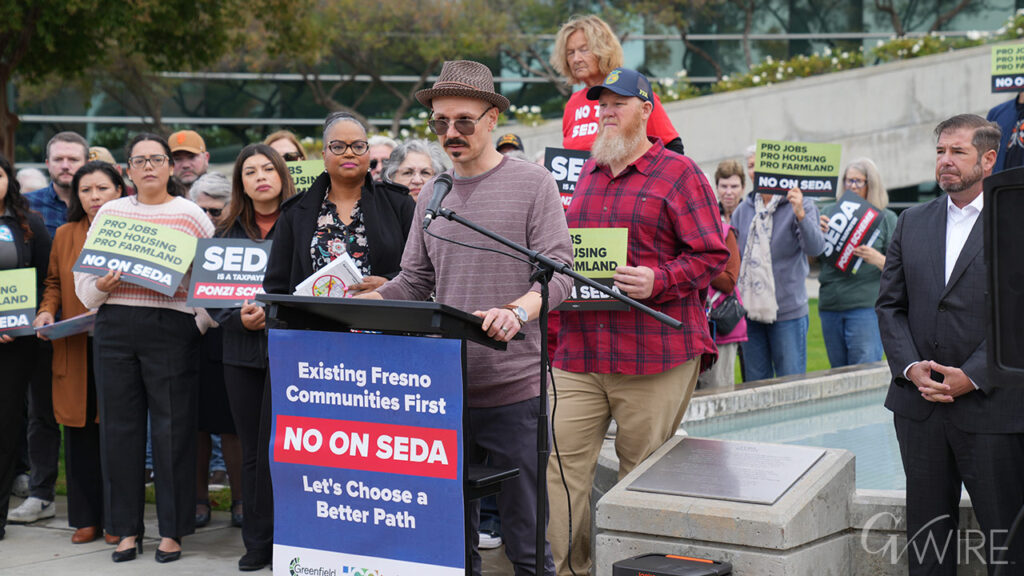Federal Reserve Chair Jerome Powell indicates a wait-and-see approach on interest rates due to policy uncertainties. (AP/Jose Luis Magana)

- Fed Chair Powell signals a pause in rate changes, citing economic uncertainty from Trump's policies.
- Economists predict tariffs will slow growth, while tax cuts and deregulation could boost the economy.
- Wall Street now expects three Fed rate cuts this year, up from one a month ago, amid economic concerns.
Share
NEW YORK — The Federal Reserve is likely to keep its key interest rate unchanged in the coming months as it waits for widespread “uncertainty” stemming from President Donald Trump’s policies to resolve, Chair Jerome Powell said in written remarks to be delivered Friday in New York.
Powell said the Trump administration is making policy changes in several areas, including trade, taxes, government spending, immigration and regulation, and added that the “net effect” of those changes are what will matter for the economy and the Fed’s interest rate policies.
“While there have been recent developments in some of these areas, especially trade policy, uncertainty around the changes and their likely effects remains high,” Powell said. “As we parse the incoming information, we are focused on separating the signal from the noise as the outlook evolves. We do not need to be in a hurry, and are well positioned to wait for greater clarity.”
Tariffs and Economic Impact
Most economists say that Trump’s plans to slap tariffs on a wide array of imports, including 25% duties on goods from Canada and Mexico that he partially delayed Thursday, will push up prices and slow growth. But many also expect that tax cuts and deregulation could boost the economy.
Powell said the economy remains mostly healthy despite “elevated uncertainty.” He characterized Friday’s jobs report, which showed employers added 151,000 jobs and the unemployment rate ticked up to 4.1%, as in line with the “solid” gains of the past six months.
He also noted that there were signs consumer spending has slowed compared with the healthy gains in the second half of last year, and said surveys of consumers and businesses “point to heightened uncertainty about the economic outlook.”
The Fed’s own beige book, a collection of anecdotes from hundreds of businesses, mentioned uncertainty 47 times in its latest edition released Wednesday, up from just 17 times in January. The Fed publishes the beige book eight times a year.
Powell spoke at a conference organized by the University of Chicago’s Booth School of Business.
Related Story: Trump Criticizes Federal Reserve as Officials Eye Pause in Rate Cuts
Economic Uncertainty and Rate Cut Expectations
President Donald Trump’s on-again, off-again tariff policy and rapid-fire layoffs of government workers has created a spike in uncertainty among businesses and caused a sharp drop in consumer confidence. Many economists have marked down their estimates for the economy’s growth to as low as 1% at an annual rate in the first three months of this year, down from 2.3% in last year’s final quarter.
Wall Street traders, as a result, have boosted their forecasts for rate cuts, with futures pricing indicating they now expect three rate cuts by the Fed this year, up from just one a month or so ago. Those rate reductions could help bring down borrowing costs for mortgages, auto loans, credit cards, and business loans.
Yet as Fed governor Christopher Waller noted Thursday, there are “good news” cuts and “bad news” cuts. “Bad news” cuts occur if the Fed reduces rates out of concern that the economy is slowing, while “good news” reductions are those that reflect a sense by the Fed that inflation is returning to its target of 2%.
Waller added that he still believes it will be possible for the Fed to engineer “good news” rate cuts later this year, though he dismissed the potential for a cut at the Fed’s next meeting this month.
Related Story: European Central Bank Cuts Rates Again as Threat of Trade War Weighs on Economy
Fed’s Current Stance on Interest Rates
After cutting its key rate three times last year to about 4.3%, Powell indicated in January that the Fed would pause any further cuts amid signs that inflation has remained stuck above its target. The central bank’s preferred inflation gauge shows that prices rose 2.5% in January compared with a year ago. Excluding the volatile food and energy categories, core prices rose 2.6%, the smallest increase since June.
RELATED TOPICS:
Categories




















